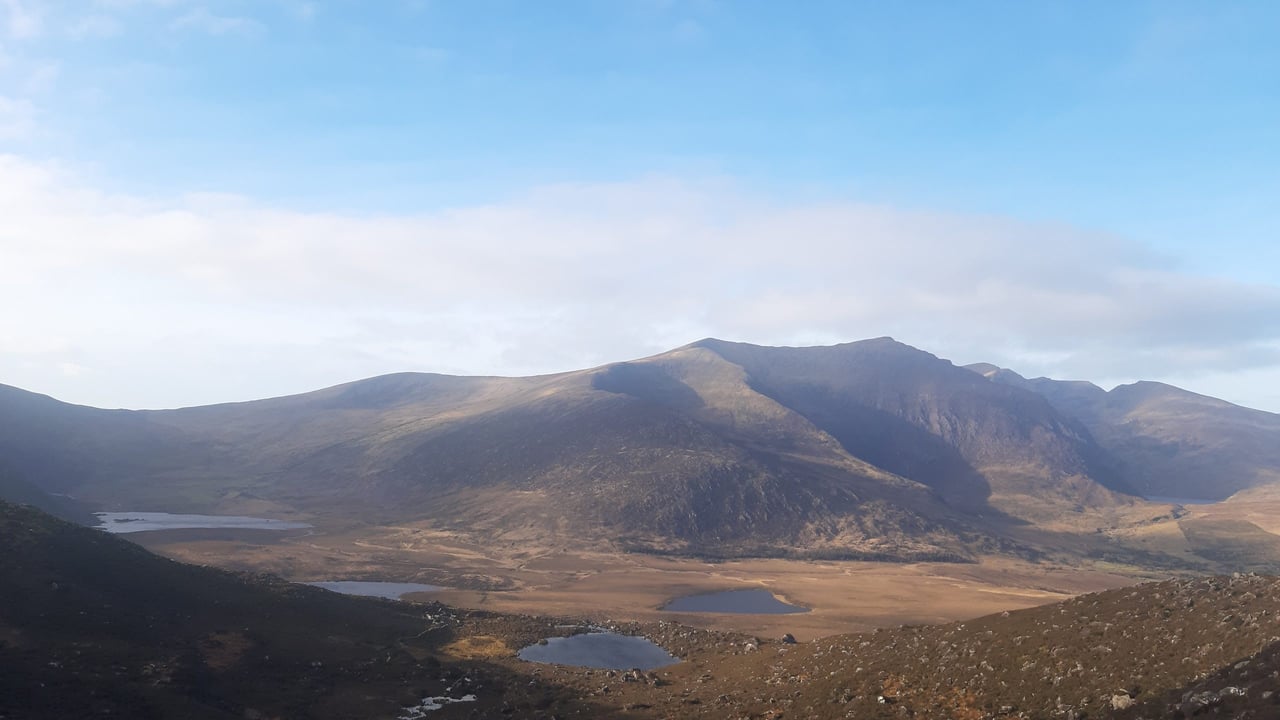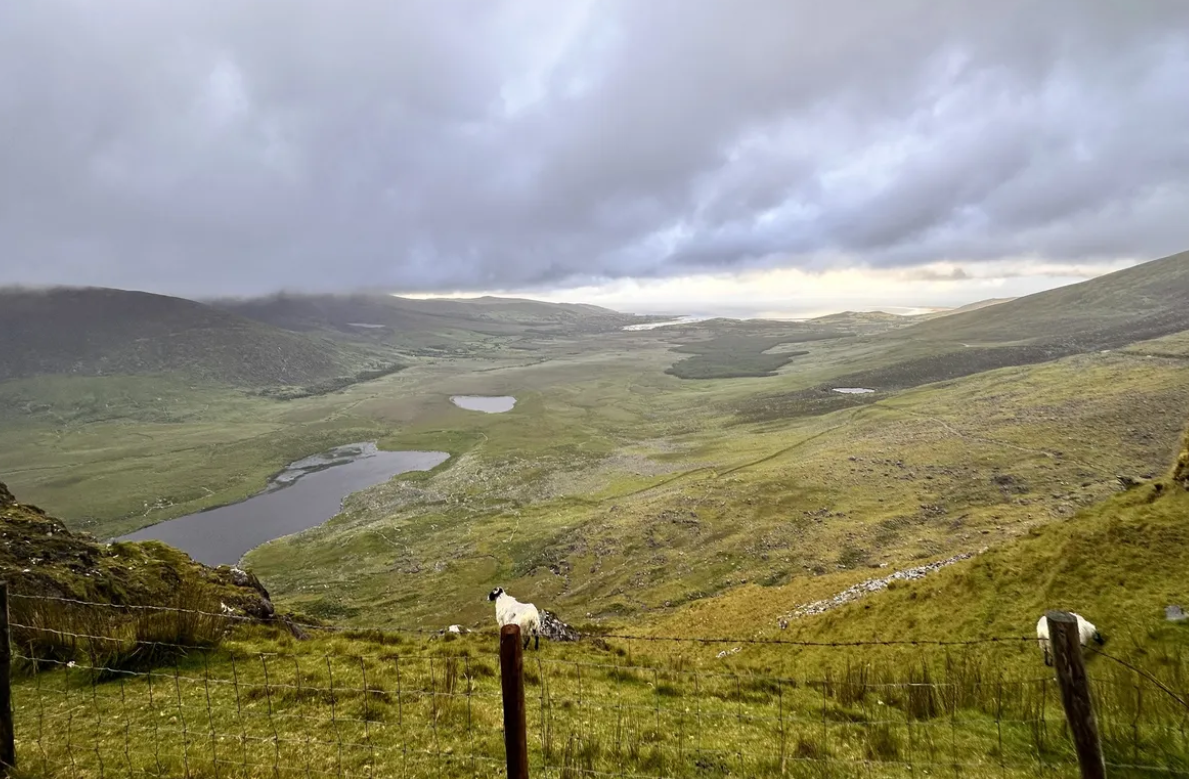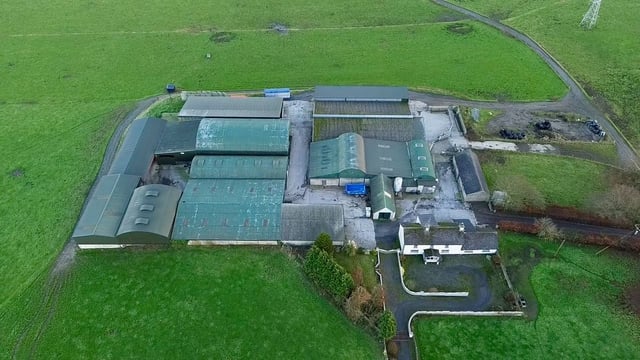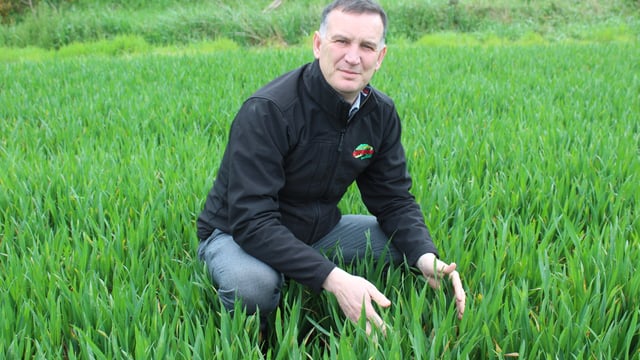An Taisce raises grazing concerns for new national park
An Taisce has called for "targeted measures" to address "grazing pressure" from "growing deer, feral goat, and sheep populations" in Ireland's national parks.
The National Trust of Ireland made the comments as part of its submission to the National Parks and Wildlife Service (NPWS) on the country's newest national park, Páirc Náisiúnta na Mara, Ciarraí.
Ireland's first marine national park, located on the Dingle Peninsula in Co. Kerry, includes more than 77,000ac of lands and seas in public ownership.
Established in April 2024, the park comprises several sites of ecological, cultural, historical and archaeological significance.
In November, the NPWS launched a public consultation seeking views on how the park should be managed into the future.
In its submission, An Taisce said that to address the pressure from grazing there should be fencing, exclusion of farm animals and consultation with the new deer management units to established under the National Deer Management Strategy.
"A failure to proactively prioritise the issue of overgrazing risks a continuation of the issues faced by ecologically significant sites and other national parks across the country, which experience limited natural regeneration capabilities.
"Achieving a sharp reduction in overgrazing would allow for more effective restoration planting activities within the Páirc, however, these should utilise native flora of local provenance to ensure maximum genetic resilience," it said.
An Taisce welcomed the establishment of the new national park and the commitment to seeking the views of the public.
However, it claimed that "this exercise falls short of what is required for meaningful engagement", pointing to the "very limited" level of information supplied.
"No information is provided to indicate what protections already exist on the land, what overlap there is with Natura 2000 sites, what the land use of the area is, and what the current status of the habitats and species in the area is," it added.
An Taisce called for a "detailed data gathering exercise" to be undertaken on the range and the conservation status of the species and habitats found in the park.
"This should include mapping of non-native invasive species, and non-native conifer plantations," it said.
The submission added that the data gathering exercise should also align with the habitat mapping which "will be required for the implementation of the EU Nature Restoration Law".
An Taisce said that it is "critical that active engagement from the local community is encouraged and facilitated, in both developing the plan and vision, and in the ongoing management of the park".
"The management plan for the park should document what activities are permitted, and in what areas.
"This information should be publicly accessible online. This should include clear restrictions on certain activities which are not compatible with the conservation objectives of the area.
"Strict implementation of any such restrictions needs to be imposed," it added.
An Taisce said that an implementation plan with a corresponding budget is also crucial for the new national park.
"To date, the management of Irish national parks has been largely ineffective, allowing for the encroachment of non-native species such as rhododendron, and overgrazing by both domestic and non-domestic animals, among other pressures.
"These same issues undoubtedly impact on this new national park, and will need to be effectively addressed, in a way which they have not been adequately in other national parks. We need a new, effective approach," it said.






